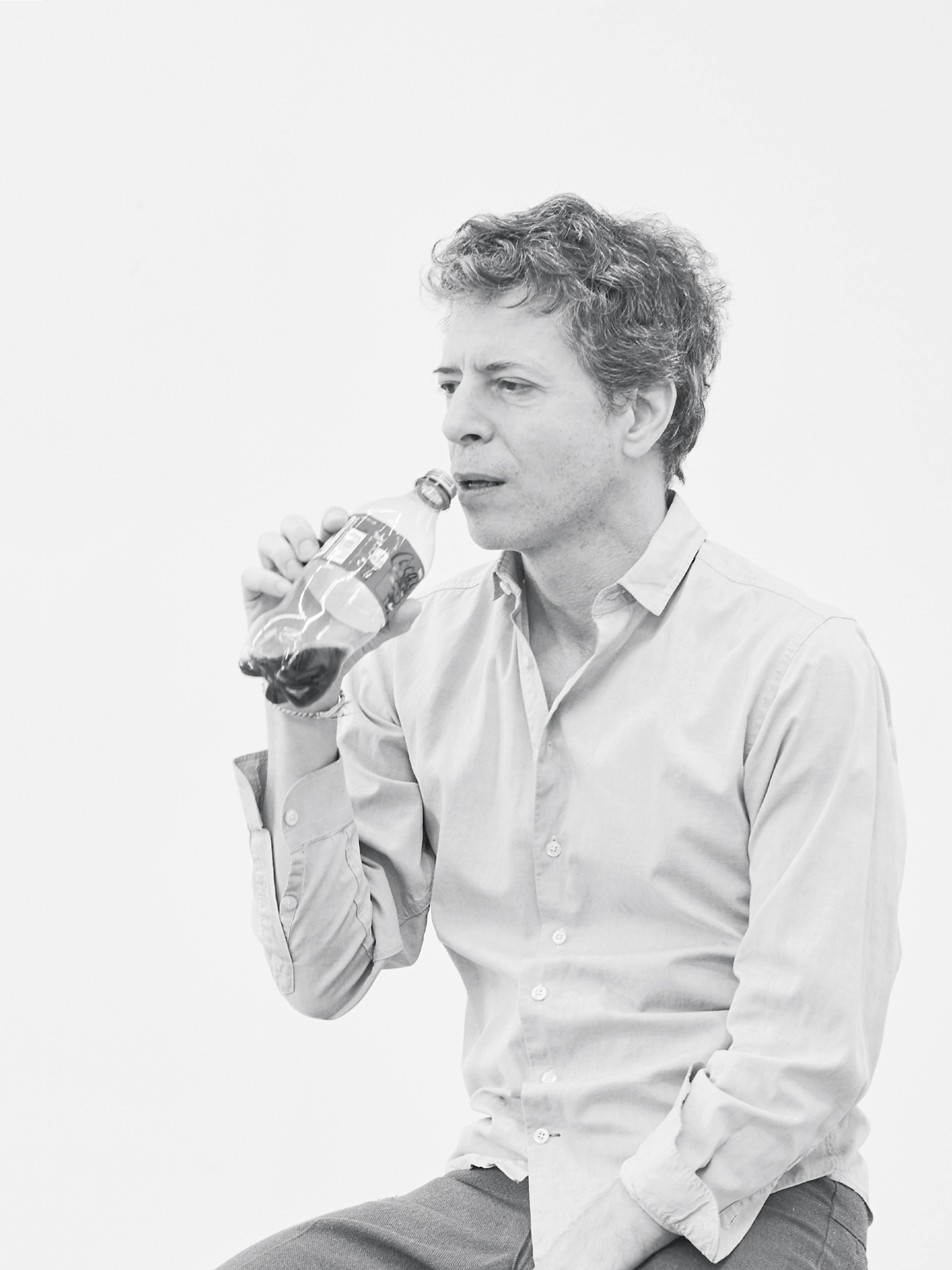Hotness is related to being physically attractive, of course, but it’s more than that. Being hot is also being cool, for example: being chic, superior. Hotness is an elusive, mobile term that can be reconfigured across discursive fields, and, like all language, it has meaning only in relation to what it isn’t. What’s hot is hot. If you have to ask, you’ll never know.
If we move from semiosis to social fact, we can be a little more specific. What’s hot is what’s flying off the shelves; what’s hot is what’s popular – a tautology, but tautologies gird the realm of desire. What’s hot is what’s right now, even avant-garde. Futurism is hot, as its associated disruption, its violence.
Being hot is being a craved object, a kind of commodity, and commodity status siphons off agency. We might imagine being desired as occupying a throne. Instead, being hot is being unhappily subject to the para-social whims of one’s audience. Being hot is being a court musician, piping accompaniment to the consumer’s wants in order to hold their attention, to satisfy but also to surprise, lest satisfaction congeal into boredom.
Point to Warhol if you’re historically underwhelmed so far, point to Beau Brummell. You’re not wrong. But being hot qua art reached escape velocity in the 21st century. The Big Brotherhood of reality TV was distributed by social media, which abandoned us Naked and Afraid in a dark electric wilderness, then naturalized us all as citizens of MILF Island. Being hot is, in part, learning to love being surveilled, the erotic charge coming not from being watched but Airtagged, chipped, location-shared.
“Contemporary art” is a game in which people make aesthetic-intellectual objects – and cut me slack with that term “object” – intended to have value beyond the sheerly functional and fiscal. Then, we talk about them, admiringly or otherwise. I like this game; it sharpens my mind and whets my appreciation of the world. If this game’s rules change, however, to reify the mediated social performance of the artist that takes place on Instagram, in gallery PR, and glossy magazine full-page bleeds, then art becomes a loose, ongoing teledrama, in which we appreciate who the artist is over and above what they make. In this situation, an artwork captivates not by its internal logic or sensory qualities – nor even by being a good investment – but as a souvenir of a mostly imaginary encounter with its scintillating author. Art becomes merch.
Late imperial culture adores hustlers and schemers, con artists and cult leaders, whose techne is the epitome of image fabrication, of persona without further product.
Despite its smug self-assurance and emphasis on the unique, contemporary art is as ignorable, as ambient as any other creative form. And so, increasingly, artists have to perform like pop musicians, basketball players, and YouTube stars, entering into realms of media where one is mostly applauded for cutting an attractive figure. Meta-narratives need protagonists, and we like them sexy. This absorption is ironic because, between the notion of the readymade and the social turn, contemporary art in the early 2000s had come to believe it was the genre to subsume all others. A feature film, working as a consultant in a corporation, a perfume, a canvas that a horse had stared at: It wasn’t just that art could be anything; art was all. This megalomania coincided, unsurprisingly, with the rise of the power curator and the biennial circuit. Now, art’s been outflanked by the art of just being – which is, ultimately, the art of being hot.
Go ahead, give the zombie white cube its final headshot with your selfie: artists should do what they need to do to become successful. Do the PR, be on the party committee, secure the bag. The problem is that securing the bag becomes the art. Money is power, and power is the ultimate aphrodisiac, said the recently deceased war criminal. Late imperial culture – pan-electro-post-neolib-Americana – adores hustlers and schemers, con artists and cult leaders, whose techne is the epitome of image fabrication, of persona without further product.
Among its travesties, the tyranny of hotness skews against people whose bodies don’t match certain parameters, whether of skin color, gender presentation, or the symmetry of one’s limbs, nose, or eye sockets. (Note, too, that this essay is probably just a man’s abreaction to the increasing application of beauty standards to him that are traditionally applied to women.) But what it most anxiously, nihilistically banishes from view is that most basic concern: death. In a 2010 interview in The Paris Review, Michel Houellebecq explained that one inspiration for his novel The Possibility of an Island (2005), in which humans are cloned and swapped out in middle age, was contemporary culture’s “hatred for old people.” “We are now trapped in a world of kids. Old kids,” he went on. “The thing we value most of all is youth, which means that life automatically becomes depressing, because life consists, on the whole, of getting old.”
I could close this text with practically any quotation from Camera Lucida, but how about this one? “The Photographer … represents that very subtle moment when, to tell the truth, I am neither subject nor object but a subject who feels he is becoming an object: I then experience a micro-version of death,” wrote Roland Barthes in 1980. Who himself, before having his chest crushed by a laundry truck shortly after the book came out, was not a bad-looking guy. For an intellectual.
___
This text was originally published in print in Spike #80 – The State of the Arts. You can buy your copy in our online shop.


